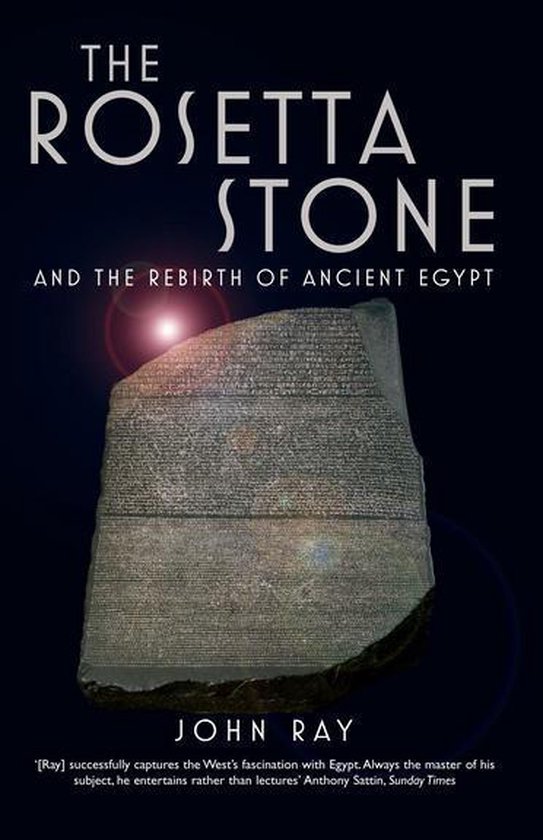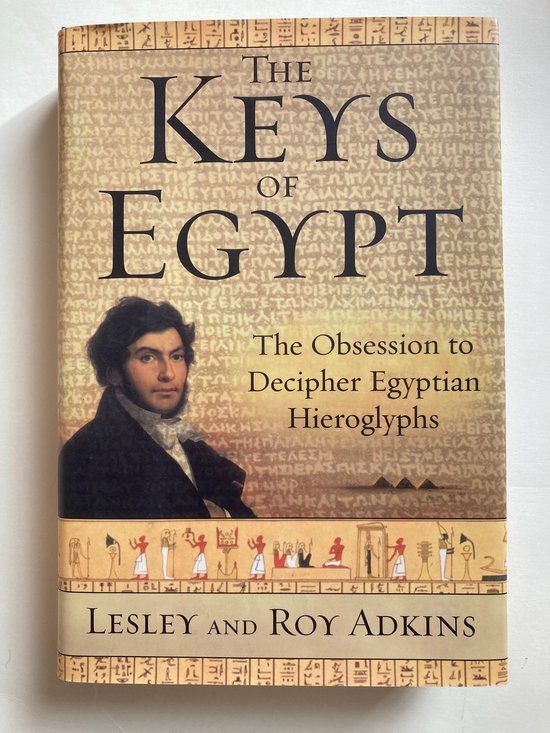
Hieroglyphs
Praise for the exhibition
***** The Telegraph
***** The Times
***** Daily Telegraph
**** The Evening Standard
“Plunge into the infinity pool of ancient Egyptian history with this dizzying array of artworks” - Waldemar Januszczack, Sunday Times Culture magazine
Today the history of ancient Egypt is known around the world, recognisable in precious museum collections and countless retellings from popular culture. Yet for hundreds of years, from the late Roman Empire to the 19th century, the wonders of this ancient civilisation were frozen in time, locked in artefacts that could not be understood due to the loss of the ancient Egyptian language. In 1799 the discovery of the Rosetta Stone, a slab inscribed in three scripts, hieroglyphs, demotic and Greek, changed the course of history, unlocking thousands of years of ancient culture and eventually becoming one of the world’s most famous museum artefacts.
The British Museum’s exhibition Hieroglyphs: unlocking ancient Egypt and this accompanying publication tell the story of the Rosetta Stone and of countless other objects that were key to efforts to decode the hieroglyphs dating back to the Islamic Golden Age. Featuring fascinating objects from the British Museum and international lenders, the book shows how the presence of a written language was the key to understanding life in ancient Egypt, from everyday business affairs to the sacred secrets of the afterlife. Interweaving the story of decipherment with colonial history, the book takes readers up to the present day, revealing what researchers are doing now to tell us more about one of the world’s longest surviving civilisations through the understanding of their writing.
Published to coincide with the bicentenary of Jean-François Champollion’s breakthrough in decipherment, this beautifully illustrated book shows how an unassuming grey stone was the key to the secrets of ancient Egypt and led to the most significant code breaking moment in history.
***** The Telegraph
***** The Times
***** Daily Telegraph
**** The Evening Standard
“Plunge into the infinity pool of ancient Egyptian history with this dizzying array of artworks” - Waldemar Januszczack, Sunday Times Culture magazine
Today the history of ancient Egypt is known around the world, recognisable in precious museum collections and countless retellings from popular culture. Yet for hundreds of years, from the late Roman Empire to the 19th century, the wonders of this ancient civilisation were frozen in time, locked in artefacts that could not be understood due to the loss of the ancient Egyptian language. In 1799 the discovery of the Rosetta Stone, a slab inscribed in three scripts, hieroglyphs, demotic and Greek, changed the course of history, unlocking thousands of years of ancient culture and eventually becoming one of the world’s most famous museum artefacts.
The British Museum’s exhibition Hieroglyphs: unlocking ancient Egypt and this accompanying publication tell the story of the Rosetta Stone and of countless other objects that were key to efforts to decode the hieroglyphs dating back to the Islamic Golden Age. Featuring fascinating objects from the British Museum and international lenders, the book shows how the presence of a written language was the key to understanding life in ancient Egypt, from everyday business affairs to the sacred secrets of the afterlife. Interweaving the story of decipherment with colonial history, the book takes readers up to the present day, revealing what researchers are doing now to tell us more about one of the world’s longest surviving civilisations through the understanding of their writing.
Published to coincide with the bicentenary of Jean-François Champollion’s breakthrough in decipherment, this beautifully illustrated book shows how an unassuming grey stone was the key to the secrets of ancient Egypt and led to the most significant code breaking moment in history.
| Auteur | | Ilona Regulski |
| Taal | | Engels |
| Type | | Hardcover |
| Categorie | | Kunst & Fotografie |





